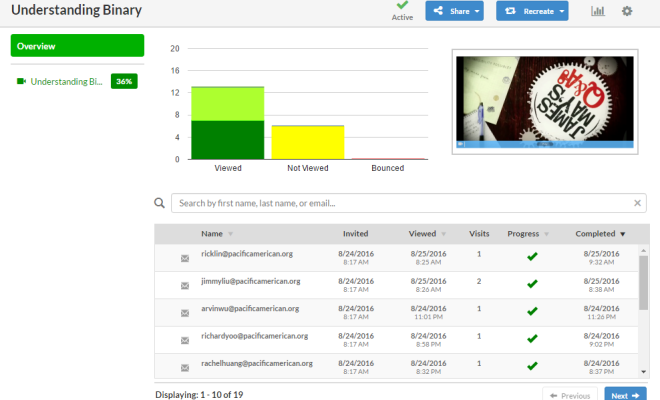Nurture Budding Wings: How Early Childhood Education Can Help Students Soar

School environment is one of the most formative factors of a child’s educational success and experience in life. A supportive, growth-oriented environment can set a child up to be confident and a self-starter in all their endeavors, while a school environment that fosters negativity and fear can produce an individual crippled by anxiety and set up to aim low in life.
The school environment encompasses the structure, schedule, space, curriculum and course work, and approach to socialization within a school. Schools are organized by grade level, forming the grades into the groupings known as preschool, elementary, middle, and high school.
The early childhood education environment typically involves preschool up to third grade and encompasses ages birth to eight. Day care, nursery schools, and Head Start programs serve the purpose of early intervention and preparation. Early intervention services are provided for pre-kindergarten children who have been discovered to have a disability or to be at risk for developing a disability. The county health department services students with disabilities up to age three. At age three, the school system becomes responsible for the early intervention. Studies show that the earlier intervention services are administered, the greater the chances of success are for the child. In response, 40 states have some type of state-funded preschool program that emphasizes early intervention.
Preparation is another purpose of early childhood education. Schools prepare the students for socialization in kindergarten by teaching them to listen, follow directions, share, take turns, and treat other people and property with respect. Schools also prepare students by focusing on language development. Language development forms a basis for further learning.
Preschool and kindergarten are the most crucial years for developing language skills. It’s important to include developmentally appropriate learning materials and activities for children at these early ages. Children in kindergarten and grades one to three require a much more holistic education than children who are older. The early learning period is characterized by a high potential for student assimilation.
In setting a curriculum for learners in early childhood, it’s important to consider the aesthetic, affective, cognitive, language, physical, and social domains. This means that the teacher of a class of 5-year-olds will be setting tasks covering all these areas as appropriate for a 5-year-old. Emphasis may be placed on being able to complete tasks, participate constructively in activities, learning to share, and learning how to work with others to complete tasks. These tasks may incorporate traditional subject matter such as basic mathematics, science or biology, or even history. The teacher of a class of 7- or 8-year-olds will also set tasks appropriate to students of this age. By this age, students are expected to be able to cope with more directed and complex tasks that require them to perform research, complete homework or tasks outside of the classroom, bring the information back into the classroom, and share or distribute it effectively among their peers.
Teachers also need to be sensitive toward the individual needs of their students. Socioeconomic, cultural, and ethnic factors may influence what activities are considered appropriate for students of a certain age. Some cultures place greater value on speaking out openly and freely, whereas others place greater value on being able to solve complex problems without assistance from outsiders. Students from financially struggling homes tend to cope less well with increasingly challenging exercises than their more financially stable peers. This will require you to creatively and proactively find ways to keep your students achieving at the required level, without causing them undue stress by pushing them too hard. Setting up activity stations for more independent children, for example, may be designed to allow certain forms of assessment, while also freeing you to be able to spend more time focusing on students who are struggling with concepts.
The early childhood years are some of the most important. The tone set by a child’s early years can pervade the rest of its life, even outside of academia. Take a hard look at the set up of your early childhood education facilities. Is it priming students for success? Is it encouraging them to develop and grow? If your aim is to help your students fly, make sure you’re giving them an environment that nurtures budding wings.






